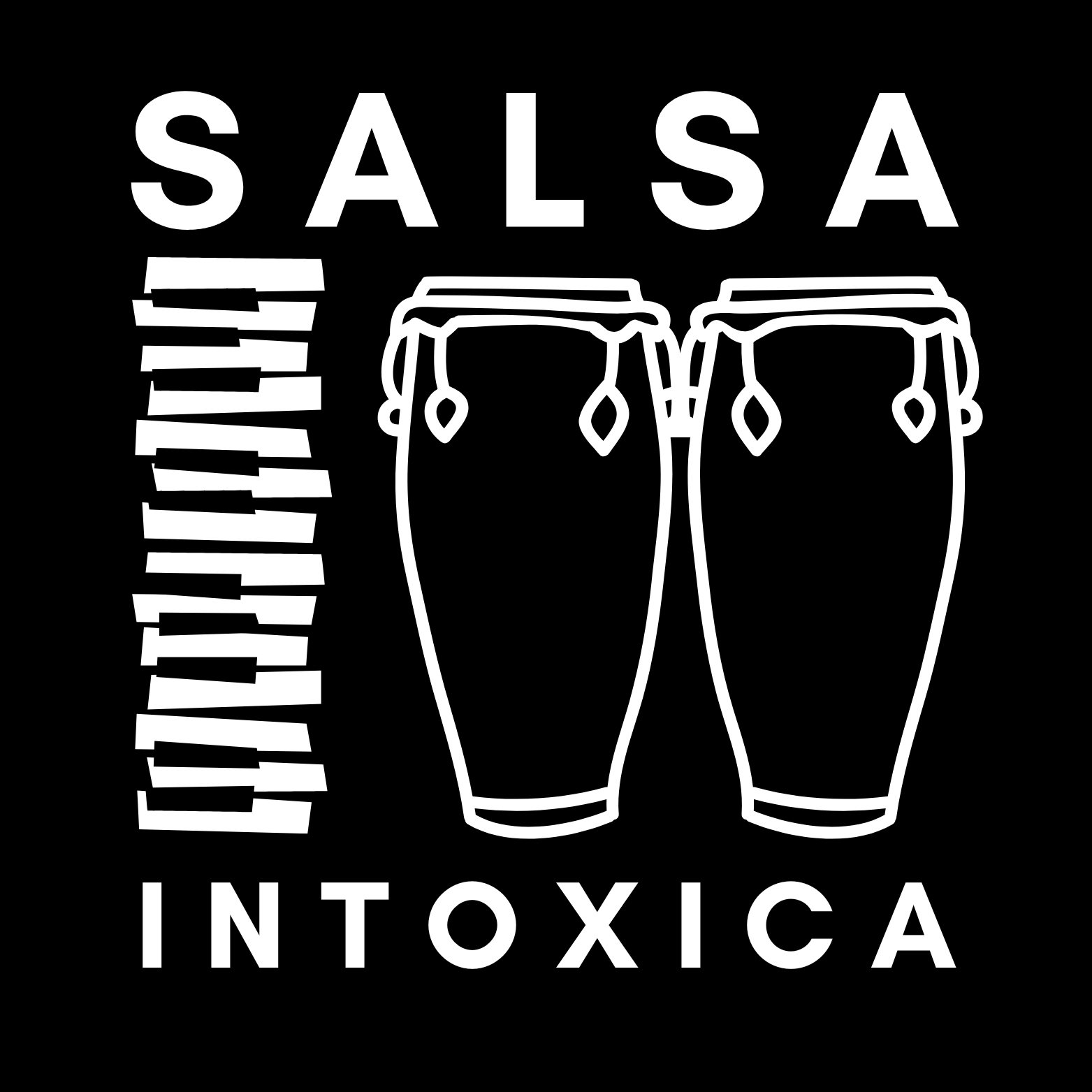One of the things beginner Salsa dancers often ask after they’ve moved past the technical frustrations of learning the step is this:
“Why is it called a Suzy Q?”
It’s one of those things that seasoned social dancers don’t really think much about.
But I like to know stuff, so I did some digging to find out.
The Suzy Q is actually a step used in other dance styles such as Vernacular Jazz, Lindy Hop, Swing and even Tap Dance, however the Tap and Line dance versions are more similar to a step we call the “Heel Twist” in Salsa and Mambo.
It originated from a 1930s novelty dance to a song “Doin’ The Suzie-Q” by Lil Hardin Armstrong…a 1936 equivalent of the Birdie Song…who knew…
Allegedly the song was written in honour of a lady called Susie Jane Dwyer (maiden name Quealey). Or at least this was claimed by an obituary written for her in the Salt Lake Times of 21st September 2008.
There have been other references to Suzy Q in popular music – notably a song by Dale Hawkins which was covered by Creedence Clearwater Revival, The Rolling Stones and others.
And of course the singer Suzi Quatro who used the name herself, as well as for a song and an album.
It’s also a street name for an anti-psychotic drug, and a movie.
However it was Eddie Torres in the 1970s who was the first to actually collate all the thousands of different steps and shine combinations taken from the Mambo dancers of the Palladium Ballroom in NYC, and create a proper syllabus from them.
This included naming many steps and combinations so people could remember them, and teachers had a coherent and progressive structure to pass on, so everyone was on the same page.
It was the first time anyone had come up with a properly structured methodology for learning what we know today as Cross Body Salsa, (whether danced On2 in the original Mambo style, or On1 from the early 80s onwards.
It all came directly or indirectly from the same place, via Eddie Torres.
However as you progress in learning your shines and footwork, you begin to see all the influences in them from these other dances, and you begin to realise that these steps and moves do carry a legacy with them.
